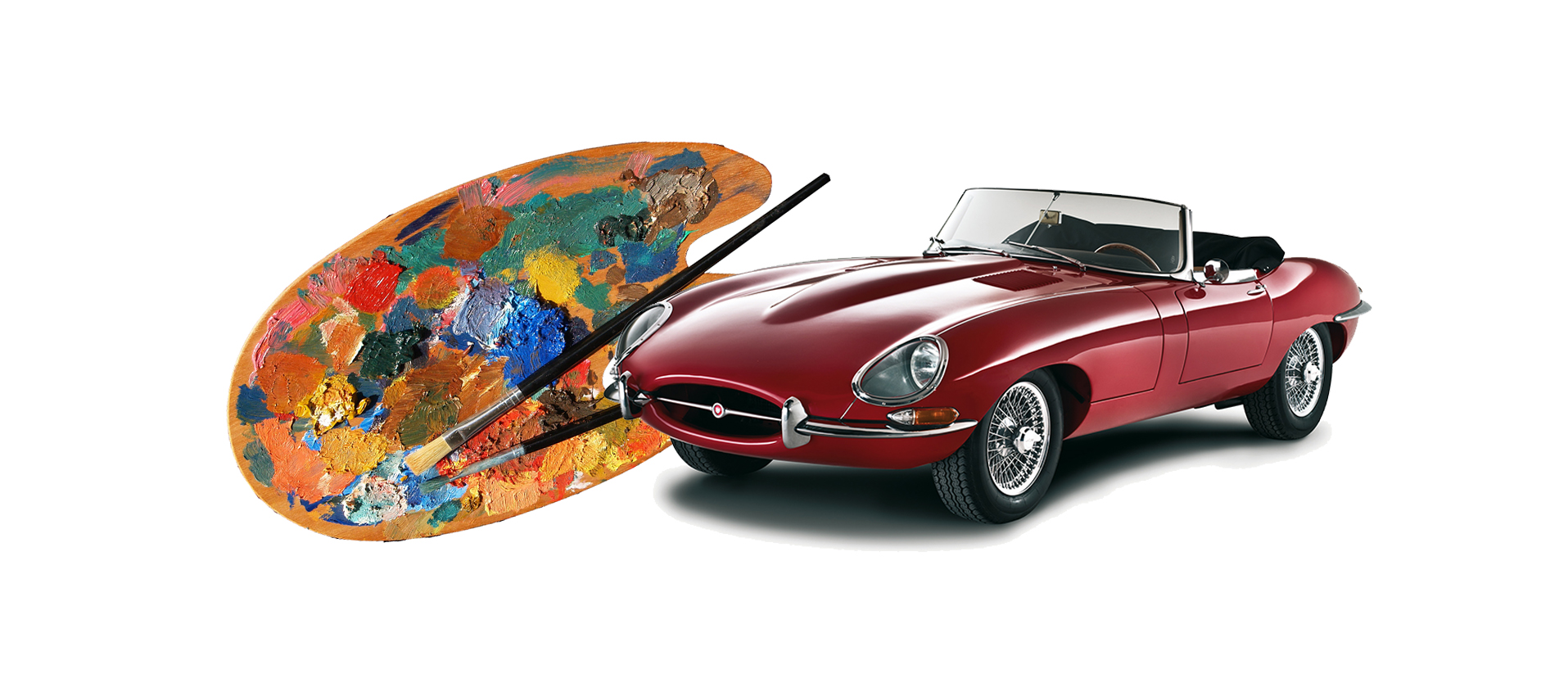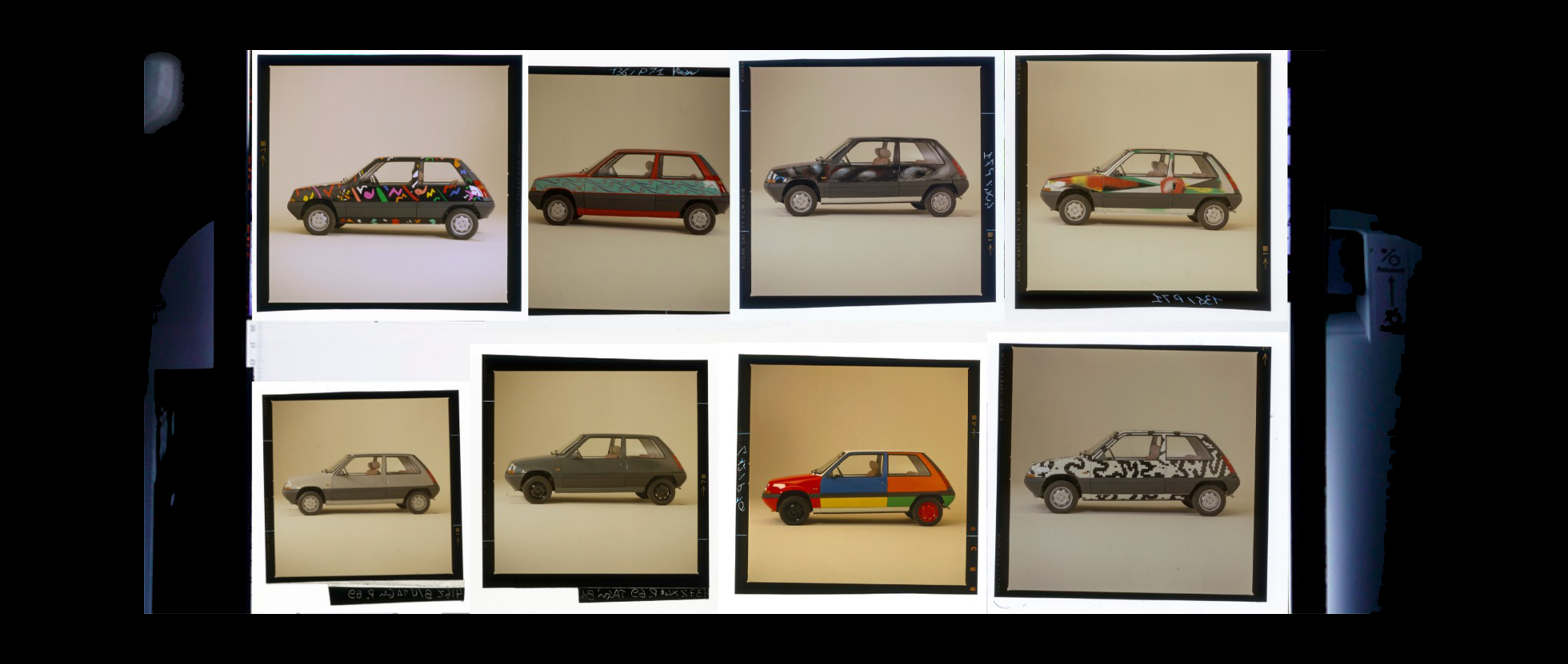Art and Brands
24 November 2020 1 min read 7 images

Is it possible to pair important automotive brands with artists? In The Key 2018, the TCCT Yearbook, we published a wonderful interview with one of the world’s greatest art collectors. He suggested some unions, and we would like to propose them once again today while we await the release of this year’s edition of The Key. For him, the elegant magic of Matisse’s famous dance is a perfect match for Maserati while the American Chevrolet Corvette fits squarely with Warhol’s Pop Art. Italian Futurism was in line with the spartan sportiness of Ettore Bugatti, especially Alberto Boccioni’s famous sculpture, “Unique Forms of Continuity in Space”, while the Fontana cuts associate well with the aggressiveness of the Lamborghini Miura. For BMW, there was no answer. Or rather, BMW does not need any parallel when it had its racing cars painted by some of the most influential artists of the past century. And Rolls Royce? Here, the association with this most regal British automobile brand goes to one of the great masters: none other than Rembrandt, while the ice-cold Mercedes was compared to an artist with unflinching rigour, Anselm Kiefer. And what about Ferrari? The answer is truly magnificent: Ferrari, over the years, has changed styles and models but has always remained the same. It is similar in this regard to Picasso who constantly reinvented himself. Wonderful, interesting. The Key never fails to surprise. The next issue will no doubt continue this tradition.
Register to unlock this article
Signing up is free and gives you access to hundreds of articles and additional benefits. See what’s included in your free membership. See what's included in your free membership.
Already have an account? Log In


